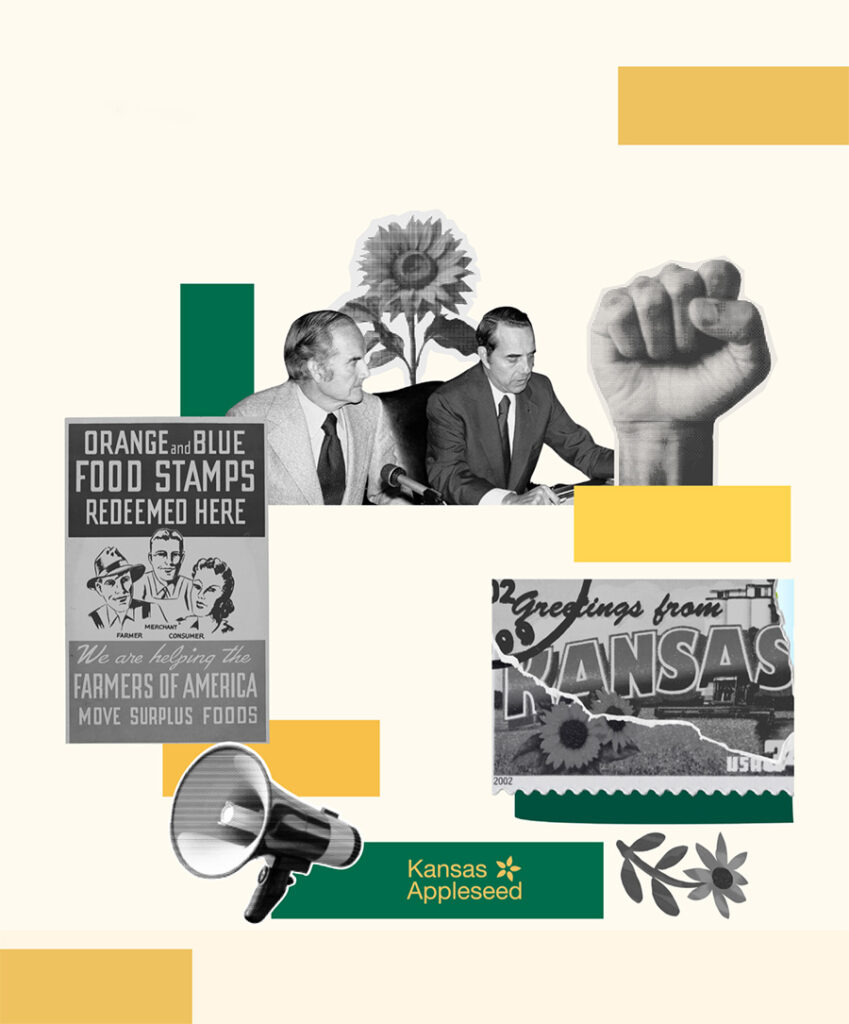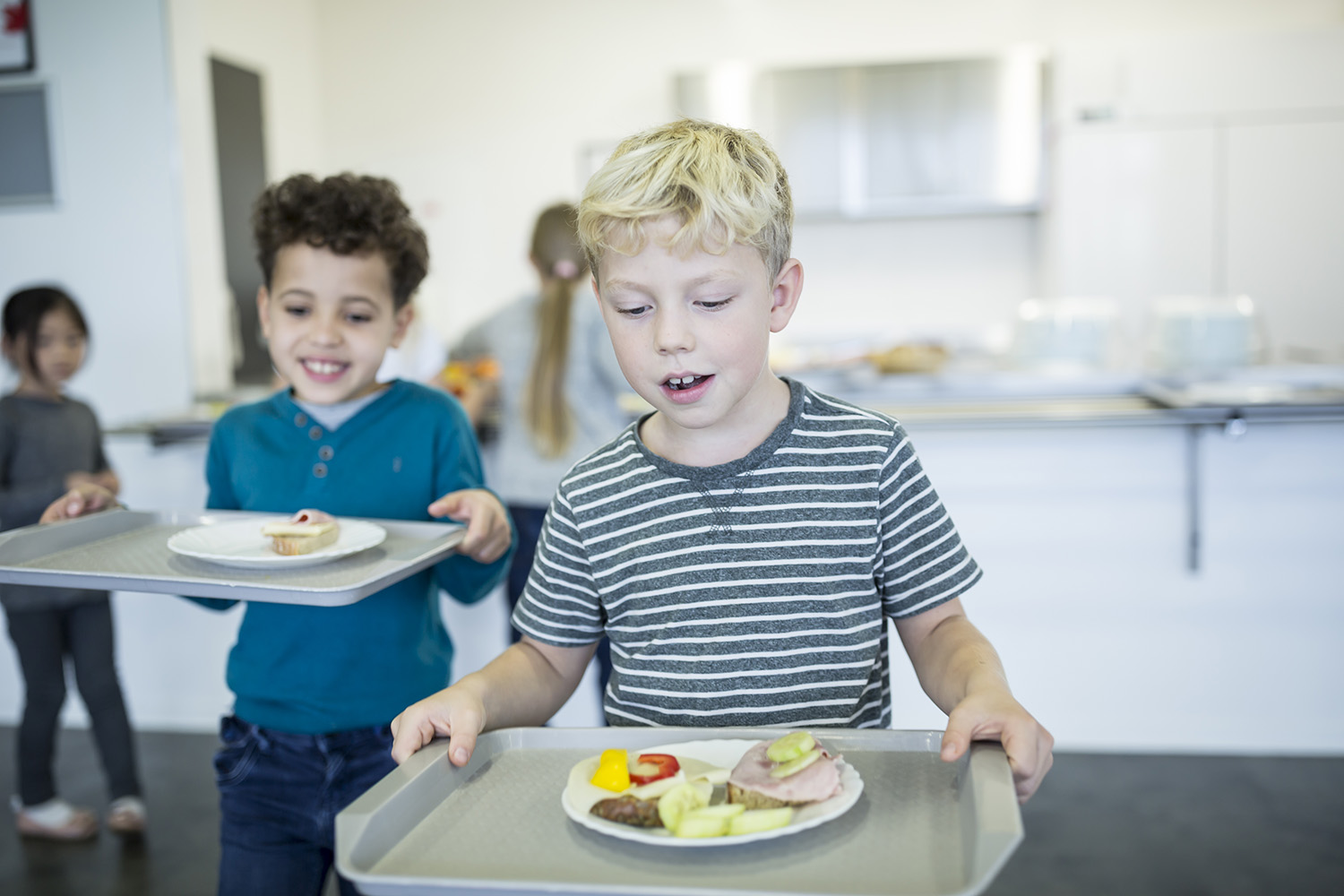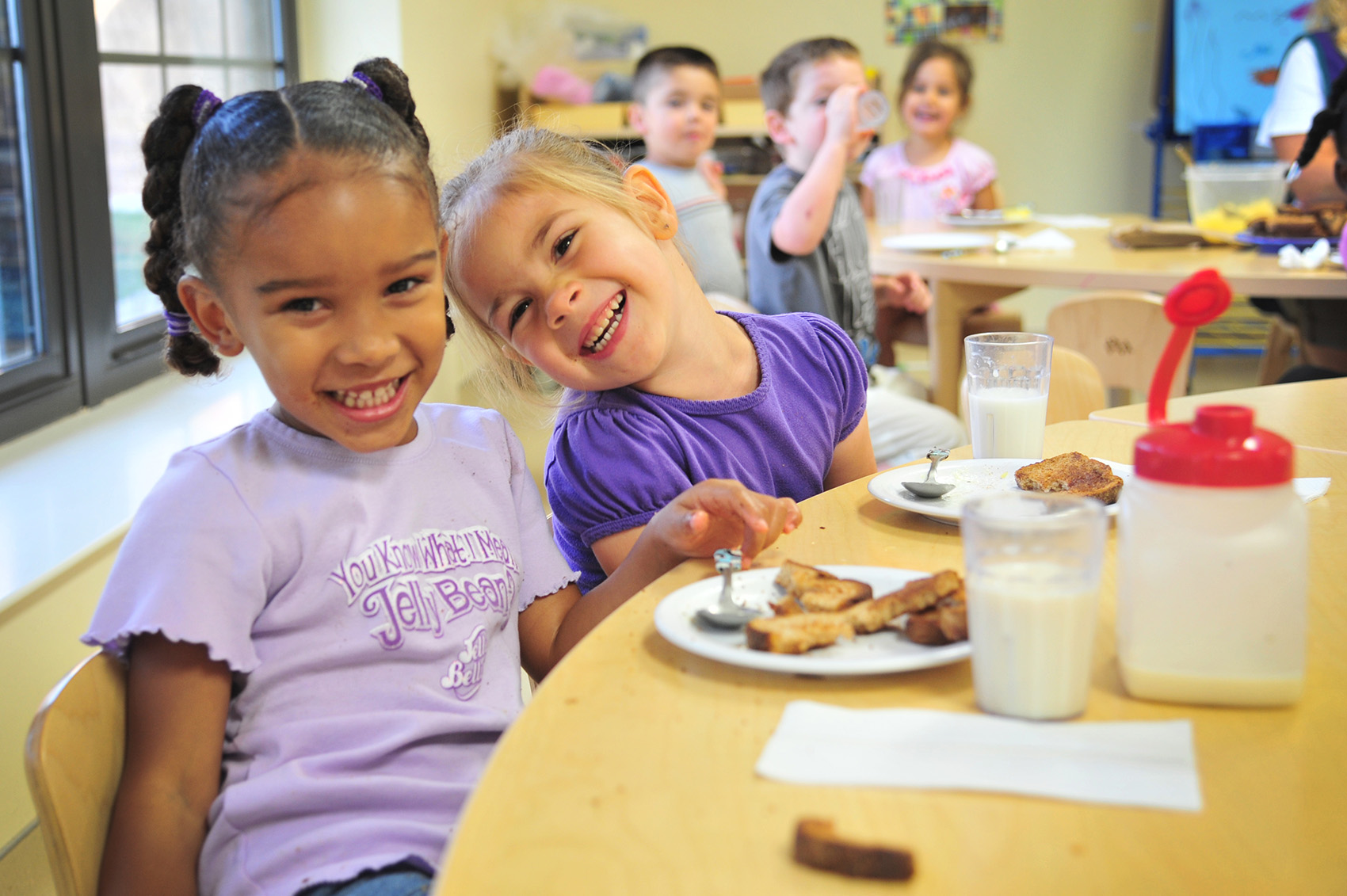Hunger is a Policy Choice
50%
of Kansas children receive assistance from the free and reduced meal program.
1 in 16
Kansans utilize SNAP food assistance.
65%
of Kansans who participate in SNAP are families with children.
Our Research
Resources
At the Lunch Table
At the Lunch Table is a statewide coalition that aims to convene champions and advocates working on efforts to increase food security among students through school nutrition programs and promising practices. This is open to anyone interested in convening, learning, and sharing about school nutrition programs in Kansas. This may include school district staff, food and nutrition staff, school board members, teachers, administrators, community partners, state agencies, PTAs, and other stakeholders. Meetings are held virtually via Zoom.
Hunger Action Team
At Kansas Appleseed, we believe hunger is a political decision. Sign up for our Hunger Action Team updates to learn how you can advocate for effective policy change to fight hunger in Kansas.
Community Eligibility Provision Toolkit
The Community Eligibility Provision (CEP) is a federal program that provides free meals to all students in any school in a district with a 25% or more identified student percent (ISP). CEP provides much needed nutritious meals and eases the financial burden for their families.
Engaging School Board Members Toolkit
School board members can serve as leaders in the fight against hunger. Their role includes setting policy along with budget authority. All aspects of the school meals programs fall under the school board’s purview, including which federal programs they participate in (such as the Community Eligibility Provision).
School Meal Fees Policies Toolkit
School meals have been shown to improve student health, test scores, attendance, and behavior. When school meal debt exists, children are the first to suffer the consequences as they face missing out on meals while still being expected to behave and perform at the same level as their peers. Strong policies prevent student identification, ensure access to activities, and keep meal debt discussions between adults.
In the News
The advocacy organization Kansas Appleseed marked the 10th anniversary of the HOPE Act by denouncing the legacy of a state law blamed for undermining food security and work of the late U.S. Sen. Robert Dole to aid malnourished people. Read more here.
An opinion editorial written by Jami Reever, Executive Director of Kansas Appleseed, featured in the Kansas Reflector: Now is the time to show Kansas kids that their health, their education, and their futures matter, in and out of the Statehouse. Read more here.
Read Our Latest Report, SNAP in Kansas: A Legacy Under Attack
Rather than addressing food insecurity, nationally and locally, lawmakers have implemented hurdles that strip hardworking Kansans of essential support. This report traces the proud anti-hunger legacy of Kansas, debunks damaging myths about SNAP food assistance, and lays out the clear economic and health benefits of SNAP when it’s able to work at its best.



